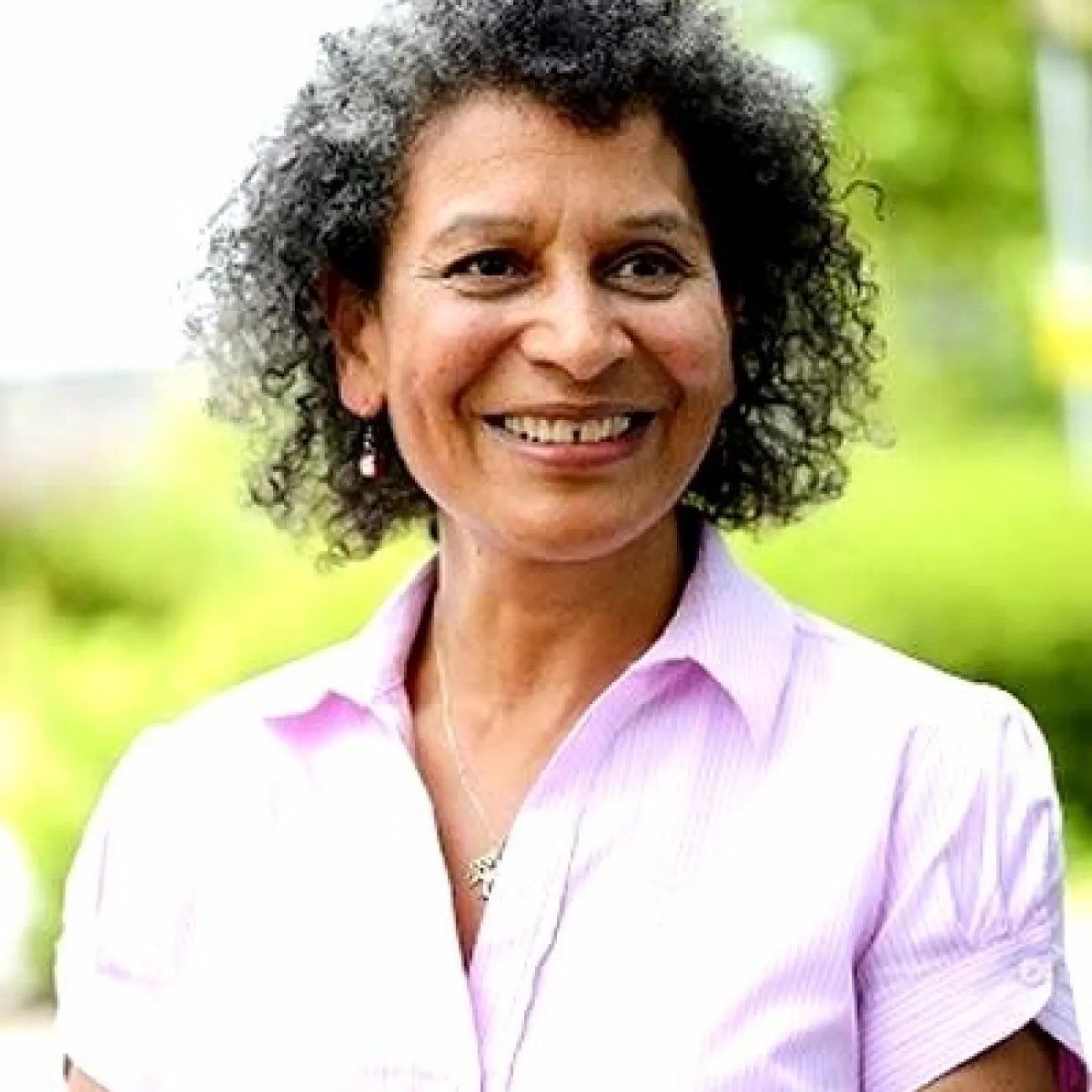Research
Research groups
Research projects
Completed projects
Researchers:
Sponsor: Science And Technology Facilities Council
Researchers:
Sponsor: Science And Technology Facilities Council
Researchers:
Sponsor: Science And Technology Facilities Council
Researchers:
Researchers:
Sponsor: Private Physiotherapy Educational Foundation
Researchers:
Sponsor: Versus Arthritis
Sponsor: Versus Arthritis
Sponsor: Versus Arthritis
Researchers:
Sponsor: ETT S.r.l (Electronic Technology Team)
Researchers:
Sponsor: Private Physiotherapy Educational Foundation
Researchers:
Sponsor: Ion Medical Solutions
Researchers:
Researchers:
Sponsor: EPSRC
Researchers:
Sponsor: Ascension Orthopedics Inc
Researchers:
Sponsor: EPSRC
Researchers:
